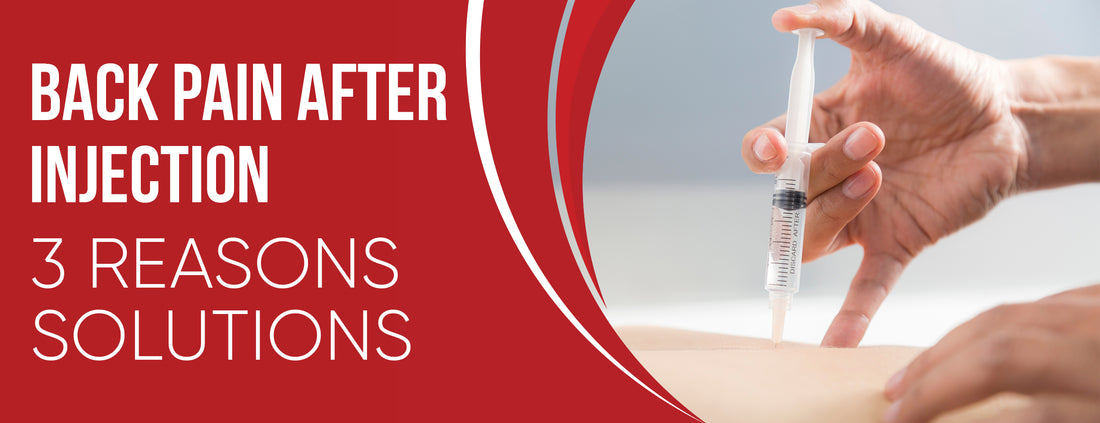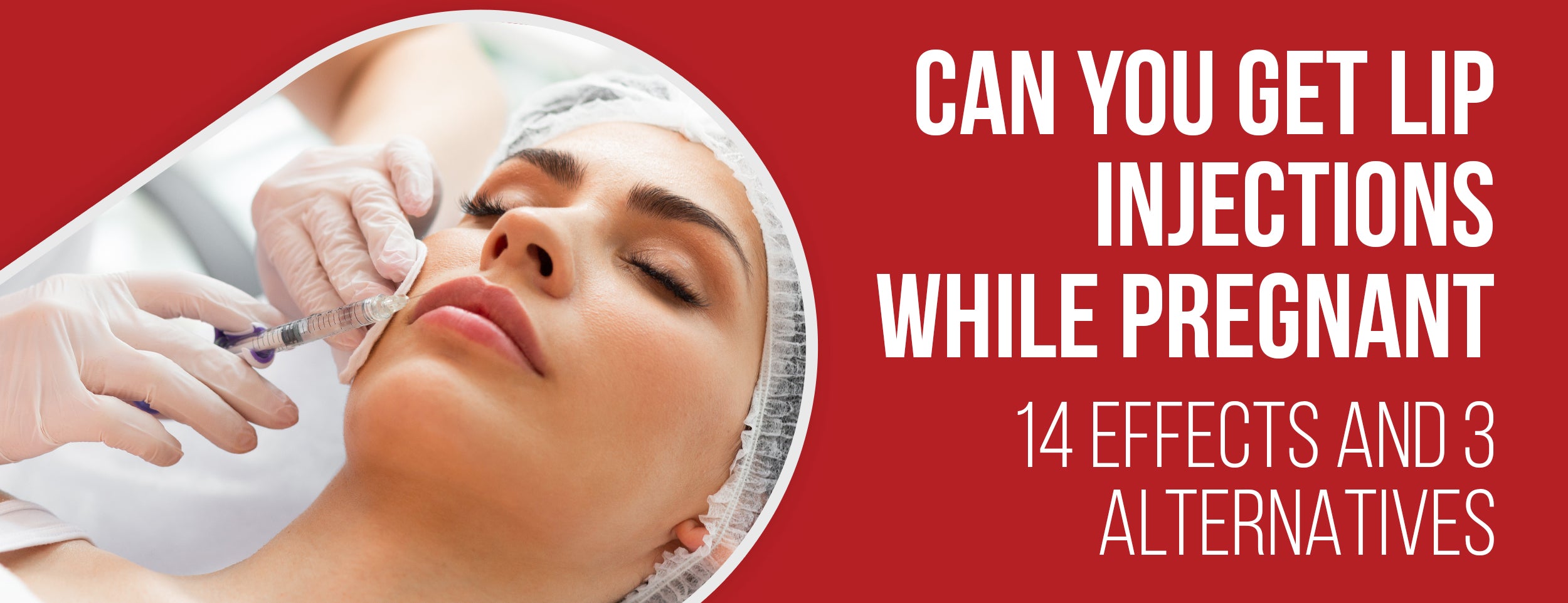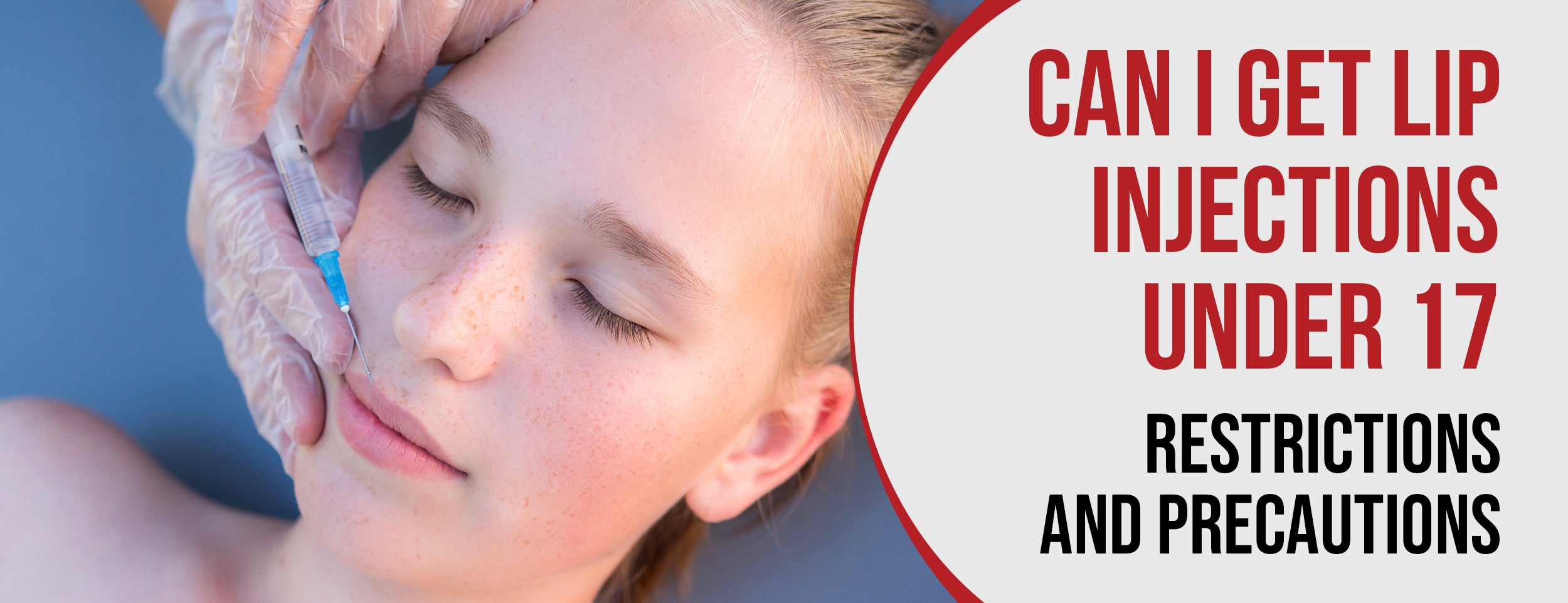Back pain after an injection can be a common side effect, especially when it comes to procedures like epidural steroid injections.
While some level of soreness or discomfort is to be expected, severe pain, headaches, nausea, and vomiting should never be ignored. In more severe cases, injections can even cause bleeding or infection. But why does this happen, and what can you do to alleviate the pain?
In this blog post, we'll explore the various risk factors of back pain after injection, as well as some effective ways to manage it and get back to feeling your best.
Back Pain After Injection: 3 Major Reasons

Back pain following an injection can be attributed to various factors requiring careful consideration and understanding. Here, we delve into the primary causes of this discomfort.
Irritation of Nerves in The Spine
While injections are generally safe, spine nerves can sometimes irritate. This irritation may stem from various aspects of the injection, such as the needle's placement or the medication itself. Consequently, it can lead to localized or radiating back pain.
- Cause of Irritation: The nerves in the spine can become irritated after a steroid injection, possibly due to the introduction of fluid into the epidural space, which might already have inflammation.
- Temporary Pain Increase: Irritation of spinal nerves can lead to a temporary increase in pain following the injection.
- Nerve Gliding Restriction: Nerve irritation, also known as nerve gliding restriction or nerve pain, occurs when a nerve becomes irritated by nearby muscles, joint structures, swelling, or blood.
- Sensitive Nerve Points: Nerve irritation often occurs at the sensitive points where nerves exit the spine, such as the neck or lower back, known as nerve roots.
- Localized Pain: The study looked into how long localized pain at the injection site persisted after an epidural procedure.

Inflammation in The Epidural Space
Inflammation within the epidural space is another potential cause of post-injection back pain. This inflammation can occur as a response to the injected substance or as an unintended side effect of the injection procedure.
- Steroid Fluid: Injecting steroid fluid into the epidural space with existing nerve inflammation can lead to a temporary increase in pressure, which may irritate spinal nerves.
- Temporary Pain Increase: Those receiving epidural steroid injections might experience a short-term rise in pain after the procedure because of the pressure and irritation caused by introducing steroids.
- Epidural Abscess Formation: An epidural abscess can develop, resulting in a collection of pus that causes swelling. This swelling can exert pressure on bones, spinal cord protective membranes (meninges), and nearby structures.
- Impact on Sensations and Movement: The swelling of an epidural abscess and the accompanying infection can affect sensations and physical movement due to the compression on nerves and spinal cord structures.
Pressure From The Injection

Experiencing localized discomfort around the injection site is not uncommon and typically arises from the pressure applied during the injection. Injection sites close to sensitive nerve pathways or the spine may cause back pain.
- Immediate Discomfort: After the injection, expect to experience immediate discomfort in the injection site, typically lasting a few hours. This discomfort is common and usually not a cause for concern.
- Rest Recommended: It's advisable to take it easy for the remainder of the day following the injection. This helps minimize potential irritation or strain at the injection site.
- Temporary Pain Increase: Be prepared for a temporary increase in your back pain for the first 2 to 3 days after the injection. This can be a normal response as the body adjusts to the treatment.
- Expected Improvement: Despite the initial pain increase, anticipate that your back pain should gradually begin to improve after the initial 2-3 days as the injection starts to take effect.
- Patience Required: The injection-induced pain might be uncomfortable initially, but give it some time to work, and you might achieve long-term back pain relief.
Treatment of Back Pain After Injection
Several treatment avenues are available to alleviate discomfort and promote recovery when addressing back pain following an injection. These approaches encompass a spectrum of options, ranging from self-care strategies to more advanced interventions tailored to individual needs.

Pain Management Techniques
- Heat or Ice Therapy: Begin with cold therapy when experiencing acute back pain after an injection. Cold helps reduce initial inflammation and discomfort. After the inflammation subsides, transition to heat therapy. After injection, heat therapy enhances soft tissue flexibility, promotes muscle movement, and improves the function of the back, aiding recovery.
- Over-the-counter Pain Relievers: Over-the-counter medications like Advil or aspirin can be considered to manage post-injection back pain, as they possess anti-inflammatory properties that help alleviate discomfort. It's essential to consult your physician before using additional medications to ensure compatibility with your treatment plan and overall health status.
Physical Therapy or Chiropractic Care
Physical Therapy: Strengthening muscles, improving flexibility, and improving spinal health can reduce pain. Strengthening supportive muscles and improving flexibility around the affected area promote long-term pain relief.
Chiropractic Care: Chiropractic adjustments offer a non-invasive approach to address back pain after an injection. Chiropractors can provide manual adjustments to realign the spine, reducing discomfort and easing nerve root irritations.
More Invasive Treatments

- Epidural Steroid Injections: Epidural steroid injections are typically followed by rest, over-the-counter pain relievers, and ice packs for treating increasing pain. The injections deliver anti-inflammatory medication directly to the affected area.
- Surgery: Surgical intervention could be considered in cases of severe pain or underlying structural issues. Surgical procedures are typically reserved for situations where conservative treatments have proven ineffective.
Consulting a healthcare provider is crucial to determining the most suitable treatment path for addressing post-injection back pain and restoring optimal comfort and function.

Conclusion:
In conclusion, back pain after injection is a common and treatable problem that can cause significant discomfort and limit your ability to function. There are many ways to alleviate and prevent back pain after injection, including proper injection administration and proper medication use.
By working with your healthcare provider and following their recommendations, you can effectively manage your back pain and live your life to the fullest.










![The 7 Factors That Determine Whether You Can Get Lip Injections With Breastmilk [7 Safety Tips]](http://drnumb.com/cdn/shop/articles/Can_You_Get_Lip_Injections_While_Breastfeeding__6_Factors_7_Safety_Tips.jpg?v=1711186573)



